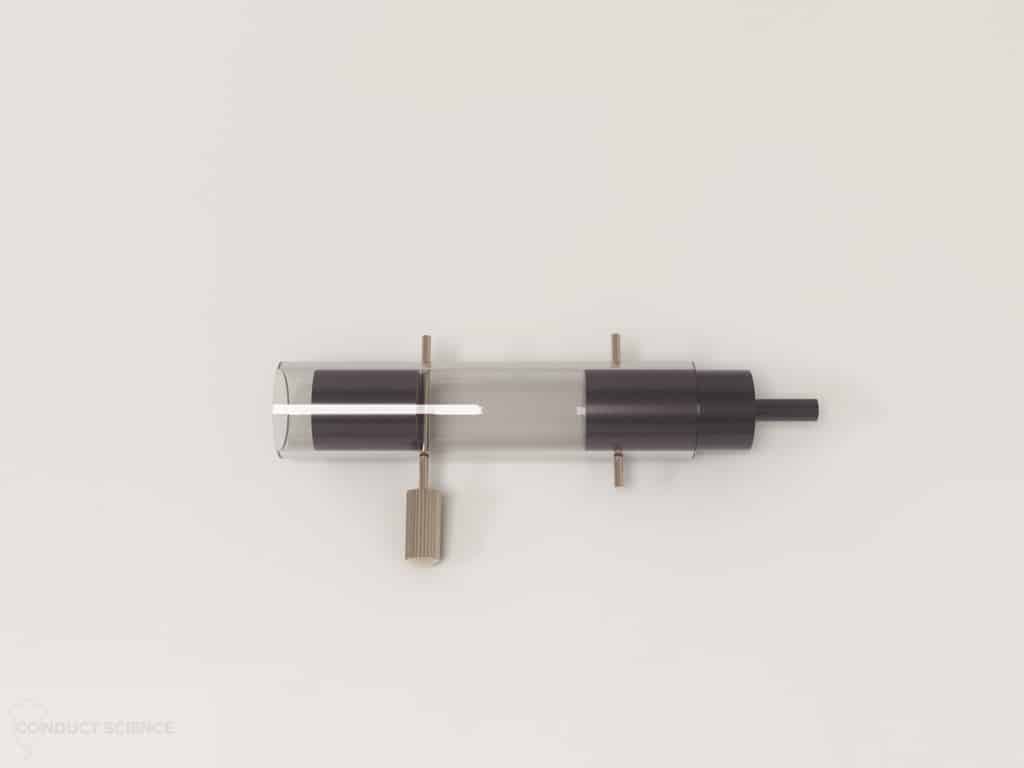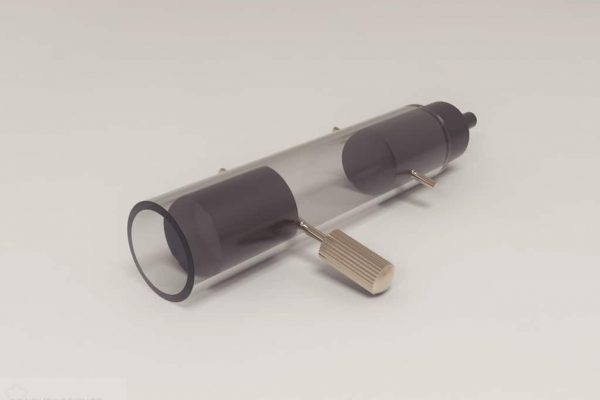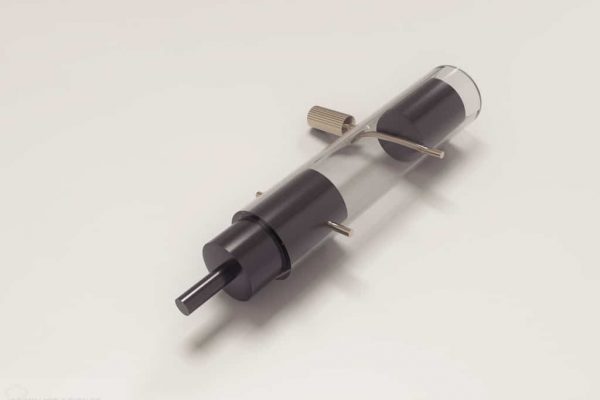Spinal cord injury usually results from trauma and can also be the result of diseases or degeneration. Depending on the severity of the injury, SCI can result in severe sensory/motor dysfunction, secondary injuries that could result in tissue damage and cell death, glial scar formation, and impaired regeneration. Apart from the injuries, sufferers of SCI also tend to experience chronic pain that impacts their everyday life.
Since there exists no curative treatment for SCI, establishing an ideal animal model to mirror human injuries is crucial for the identification of the injury mechanism and its effects on the capabilities of its sufferer. The novel SCI Device is modeled after the Weight Drop model, considered as a standard experimental spinal cord contusion injury model designed by Alfred Reginald Allen in 1911 (Koozekanani et al., 1976). Allen’s spinal cord contusion technique was iterated over the years, but Ahdeah Pajoohesh-Ganji and colleagues’ version is a novel yet efficient method for spinal cord contusion.
The SCI device is constructed using a steel impounder inserted into a Teflon base. The impounder is attached to the end of the hollow tube by a horizontal pin to guide the weight and to prevent it from bouncing on impact. The weight is made of Teflon coated stainless steel and is supported by a removable pin which is also used to release the weight. Rod magnet is used for retrieval of the weight after the injury.
A hollow Teflon tube of length 25 cm and diameter 6 mm is used to house the impounder and the weight. The steel impounder is attached to a horizontal pin that helps guide the weight and prevent the bouncing of the weight on impact. The impounder is 3 cm in height and 5 mm in diameter and has a 1 cm needle of diameter 1.2 mm on its end. The height of the drop can be adjusted to 10 mm or 20 mm above the impounder for mild-moderate or moderate-severe injury, respectively. This is done with the help of a removable pin that supports the Teflon coated stainless steel weight and also functions as the release mechanism for the weight. The retrieval of the weight is done using a rod magnet lowered into the hollow tube.








Reviews
There are no reviews yet.